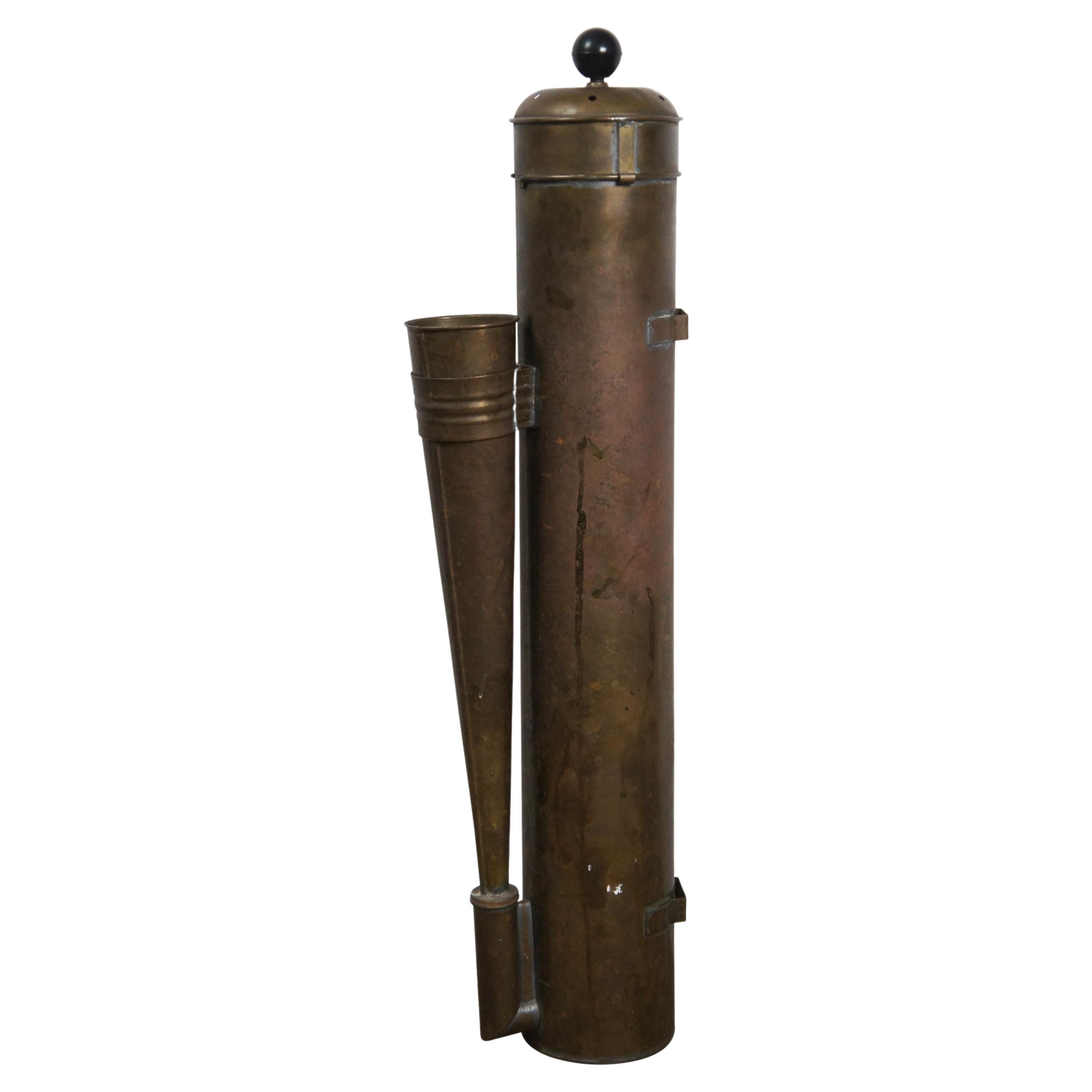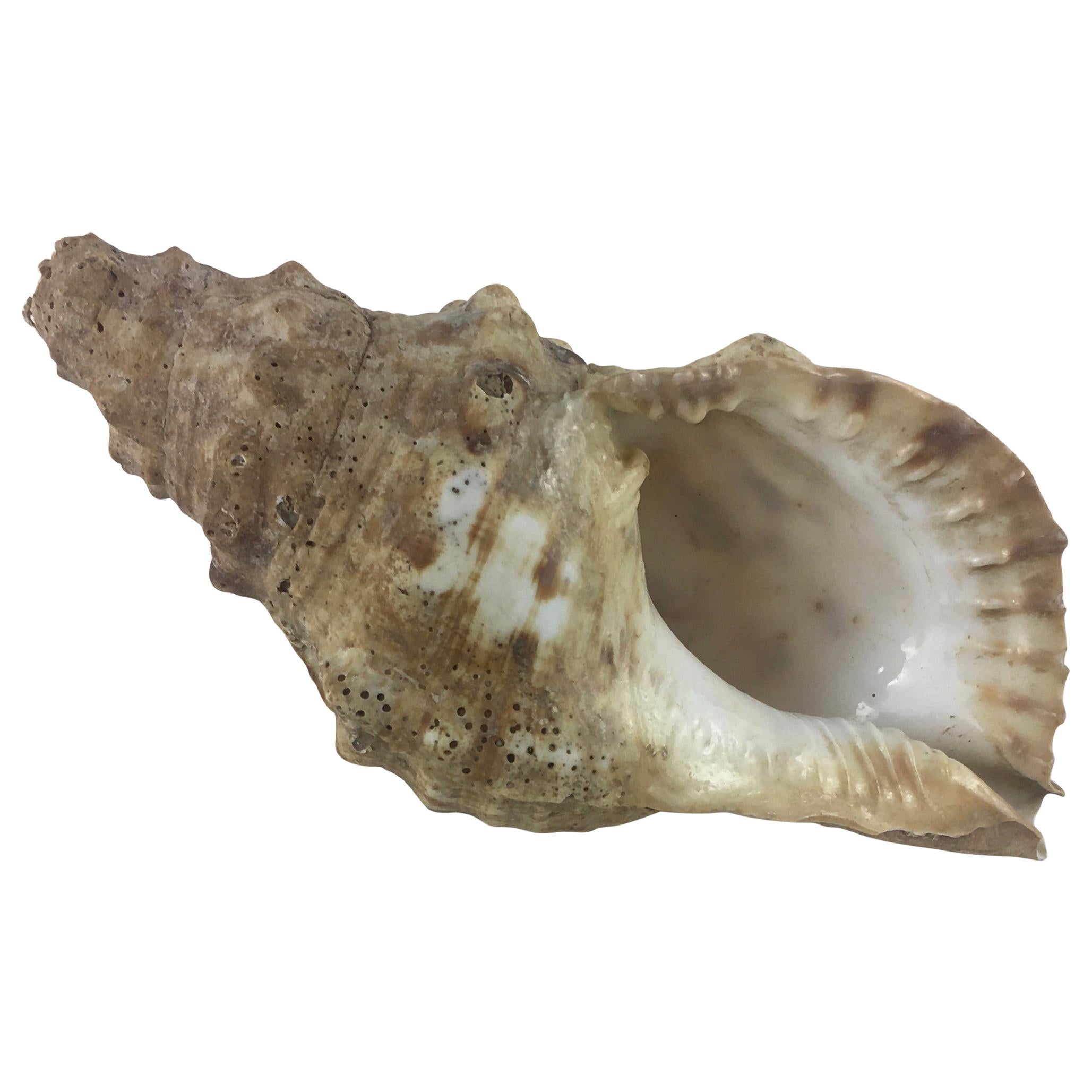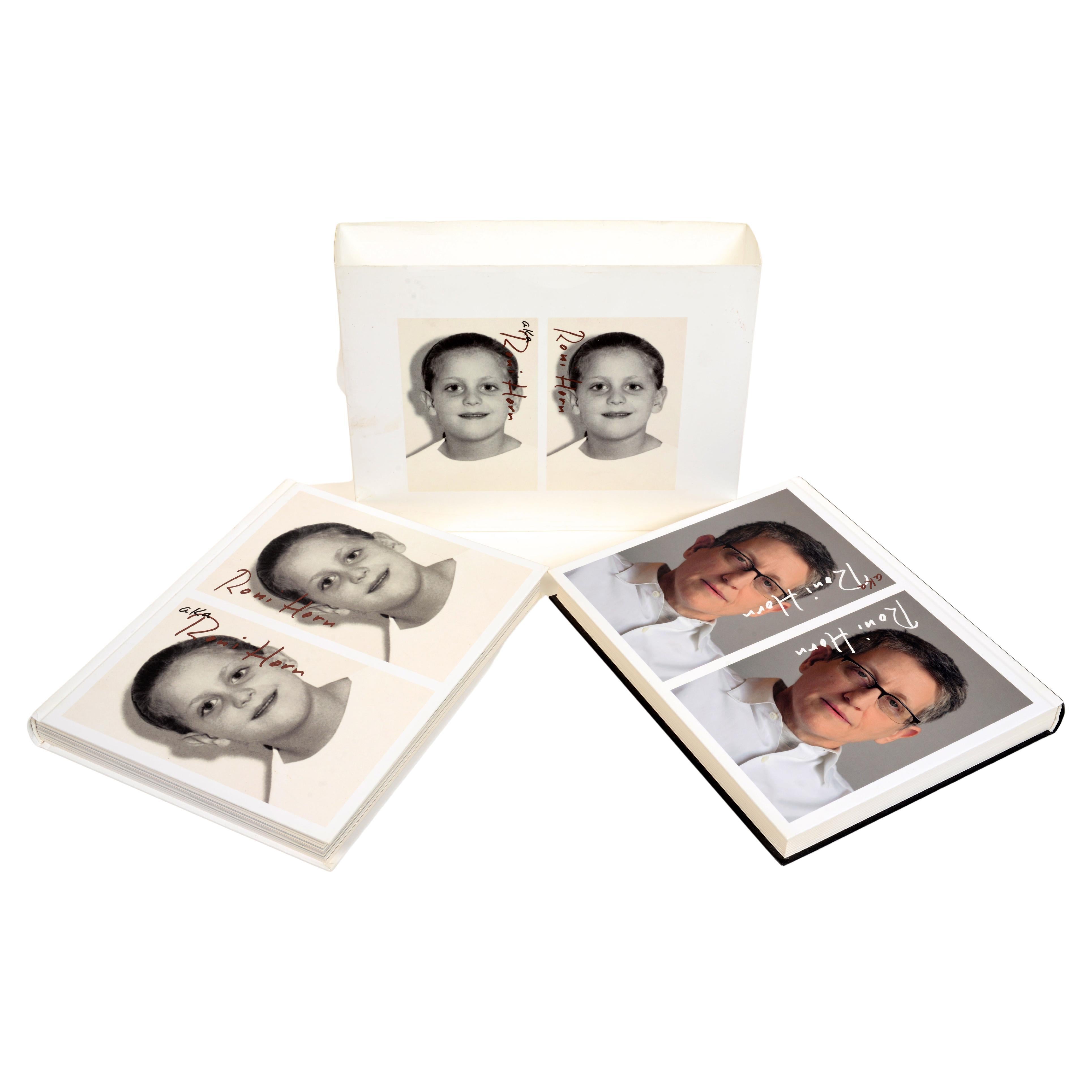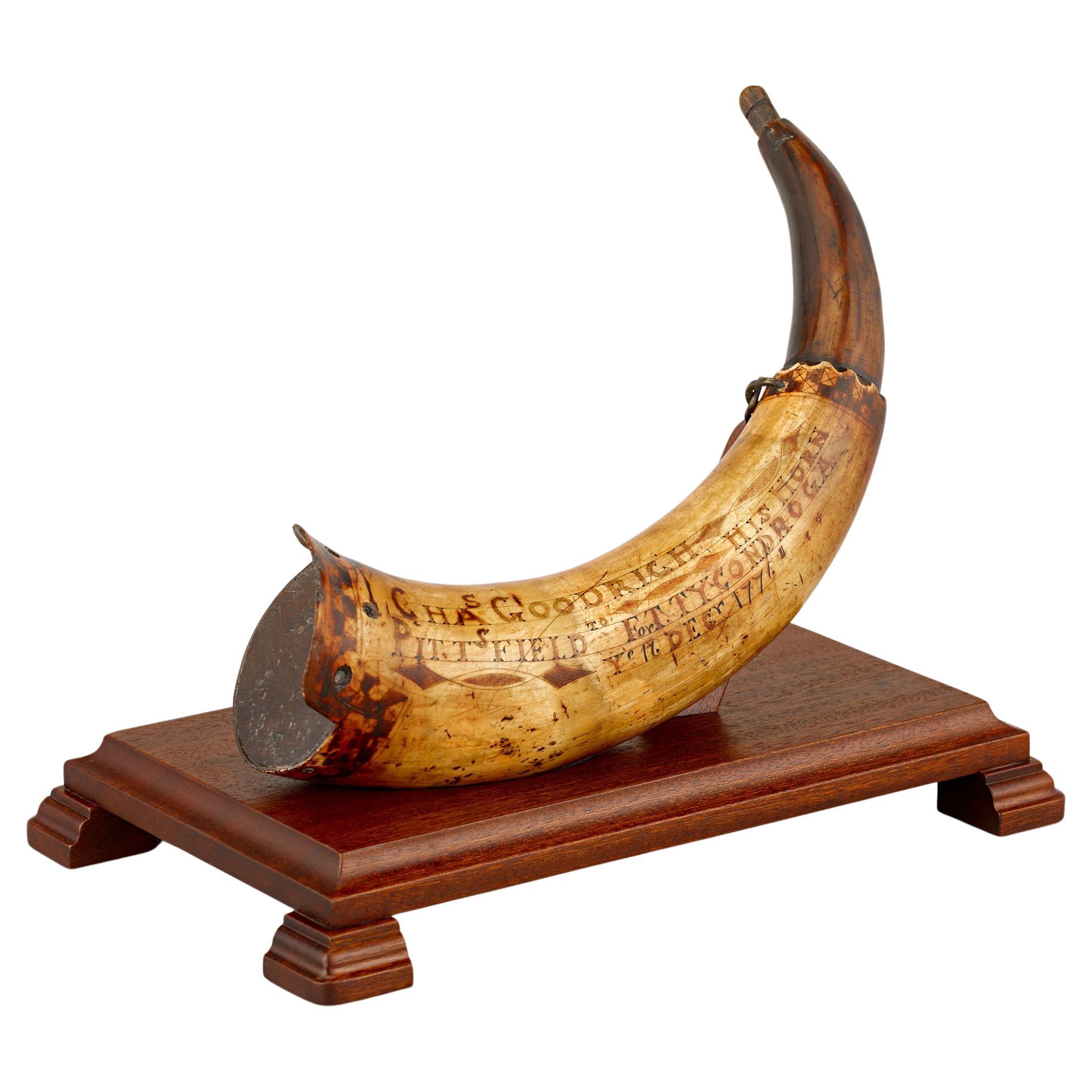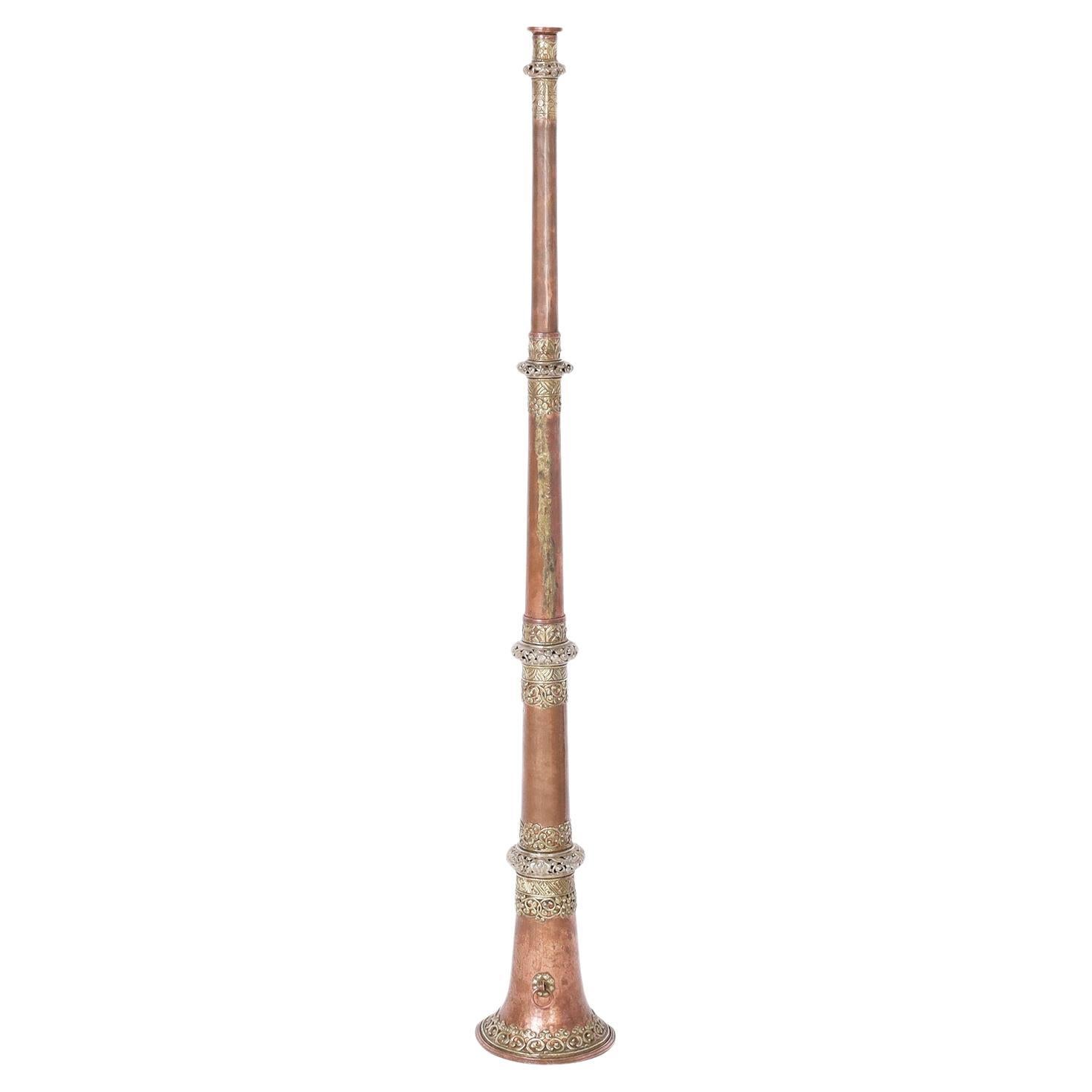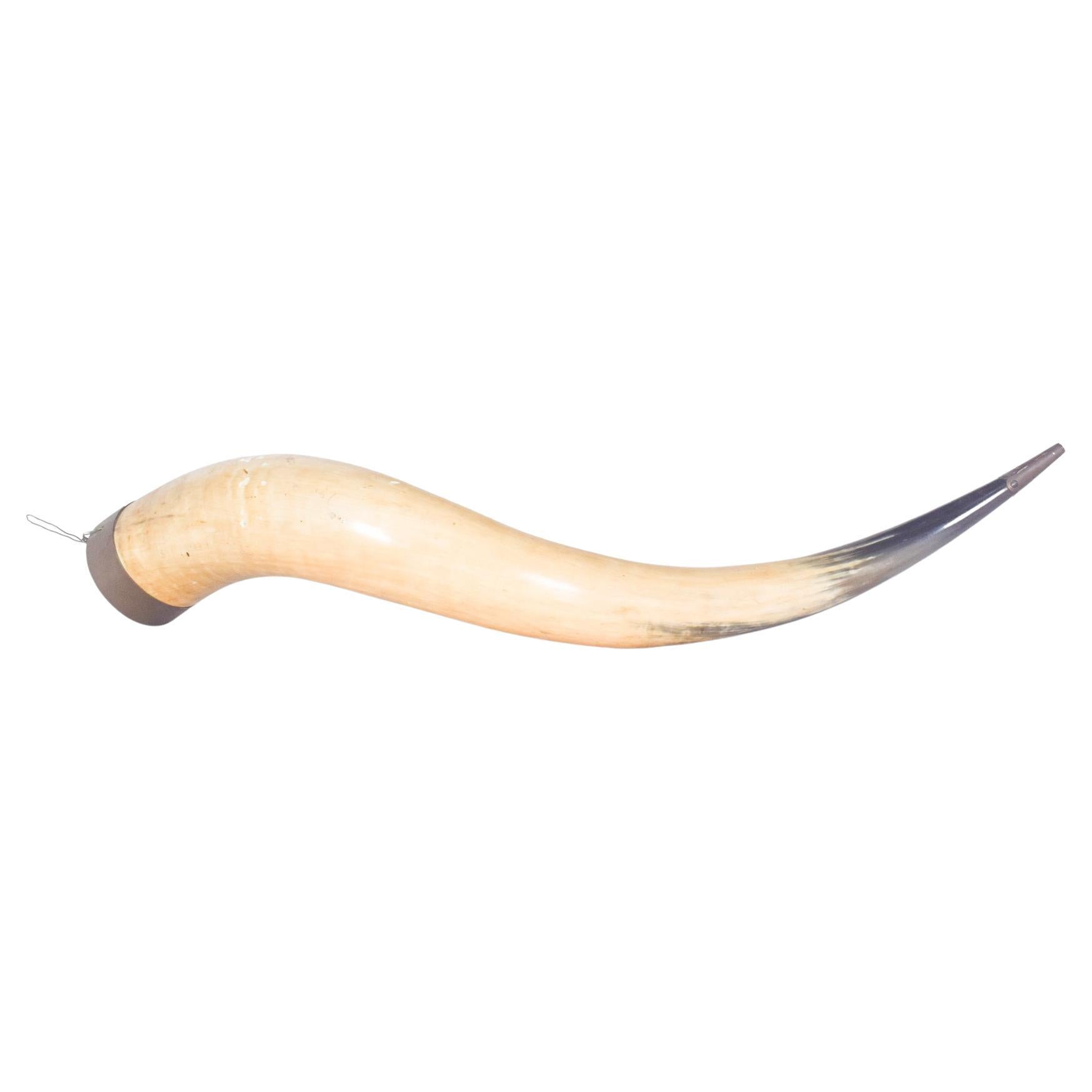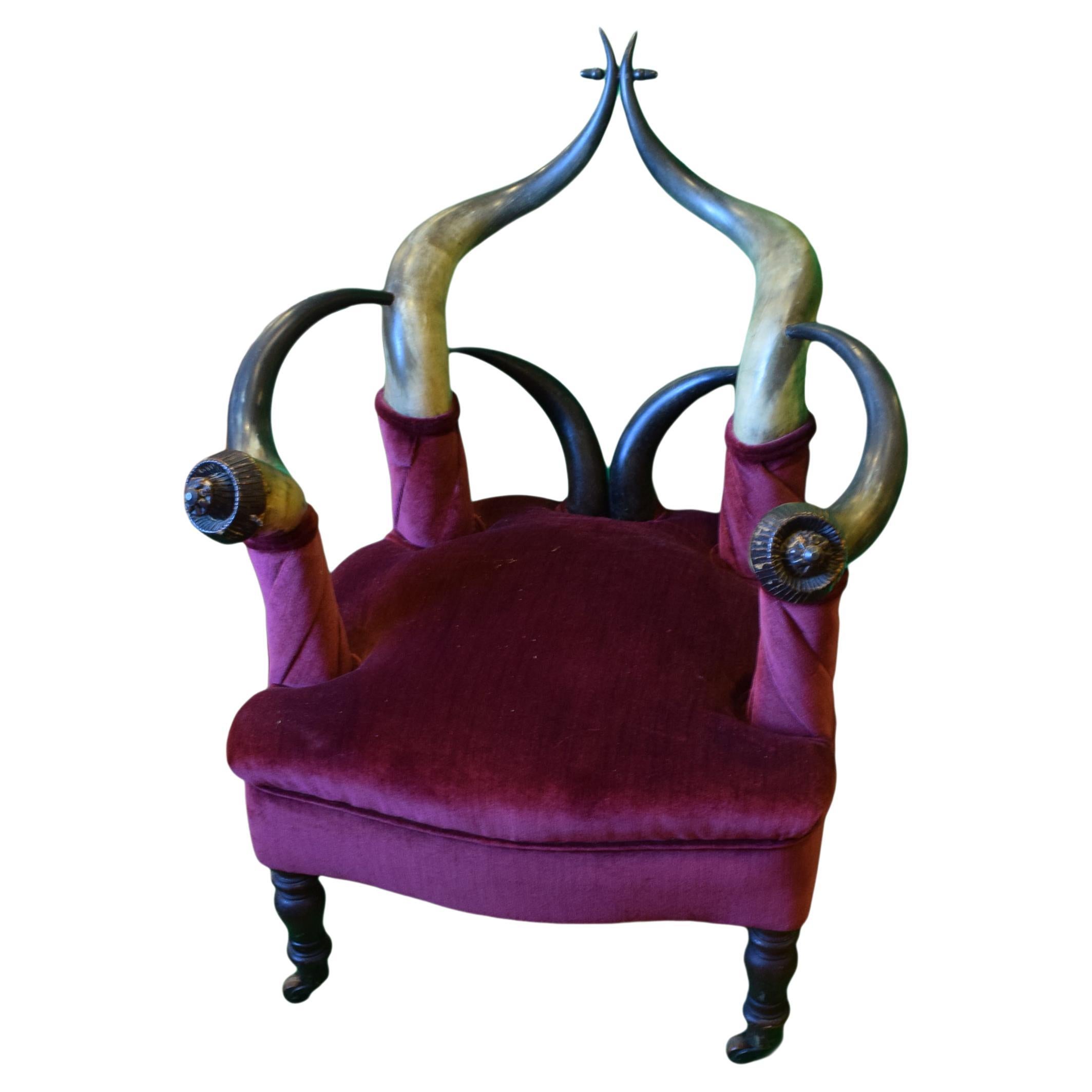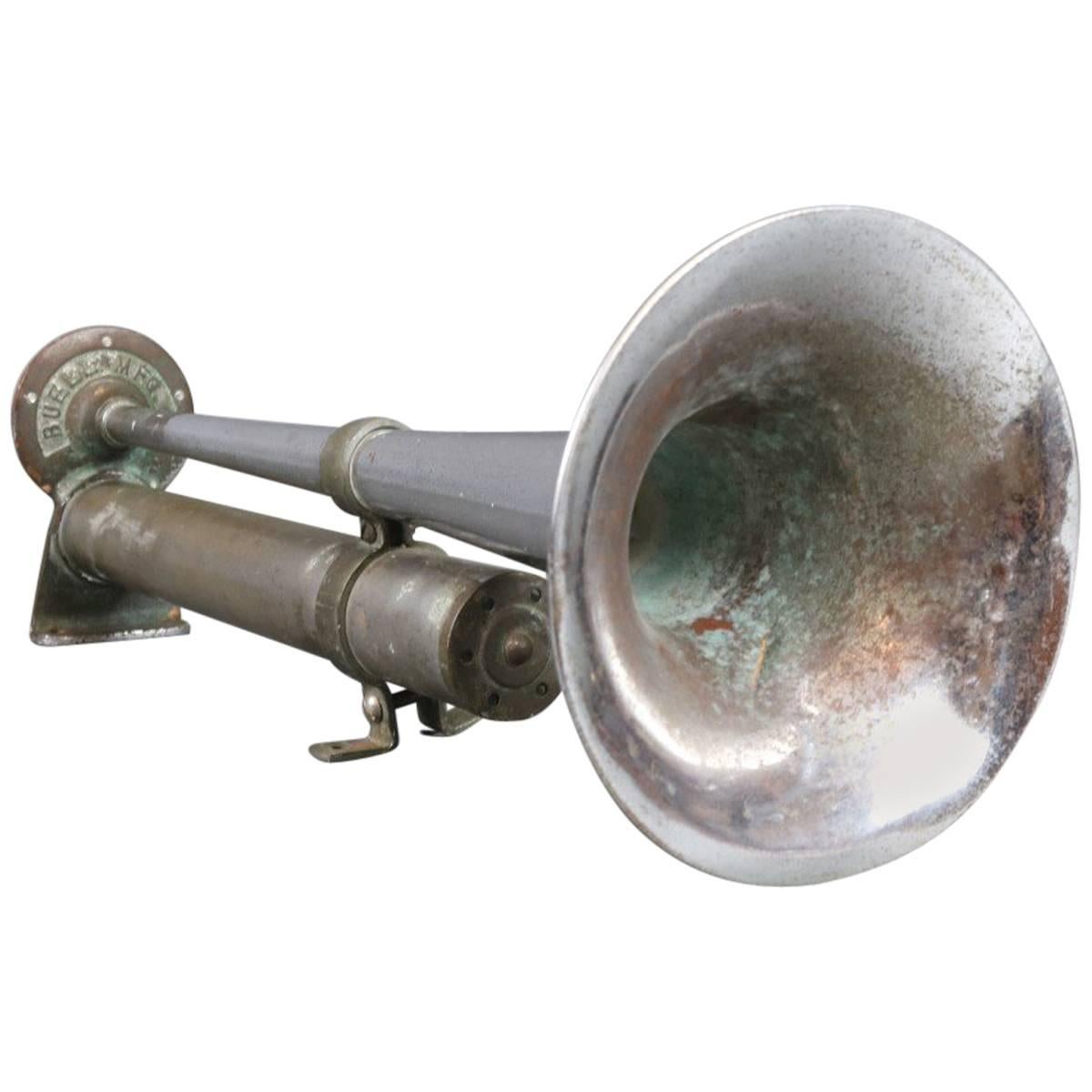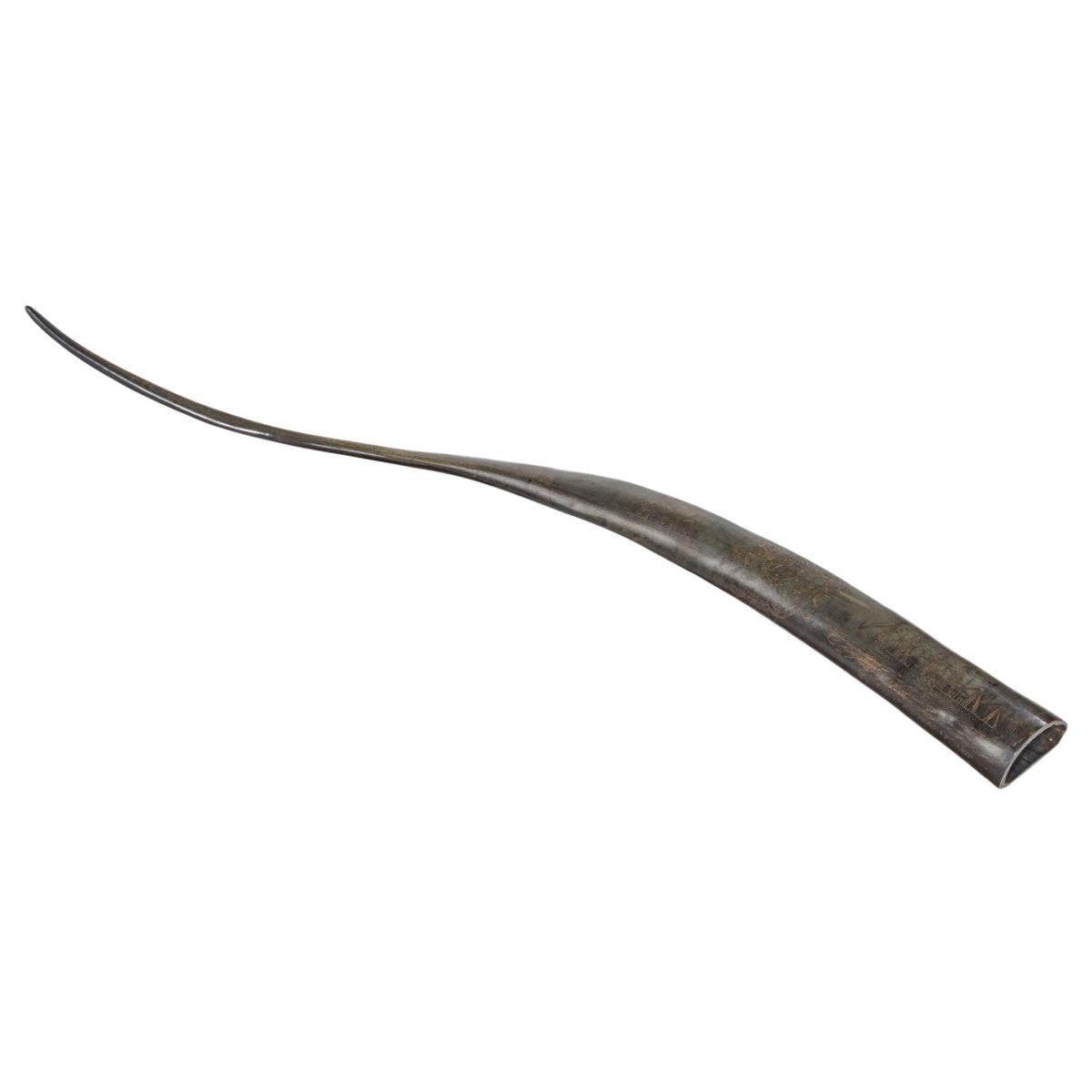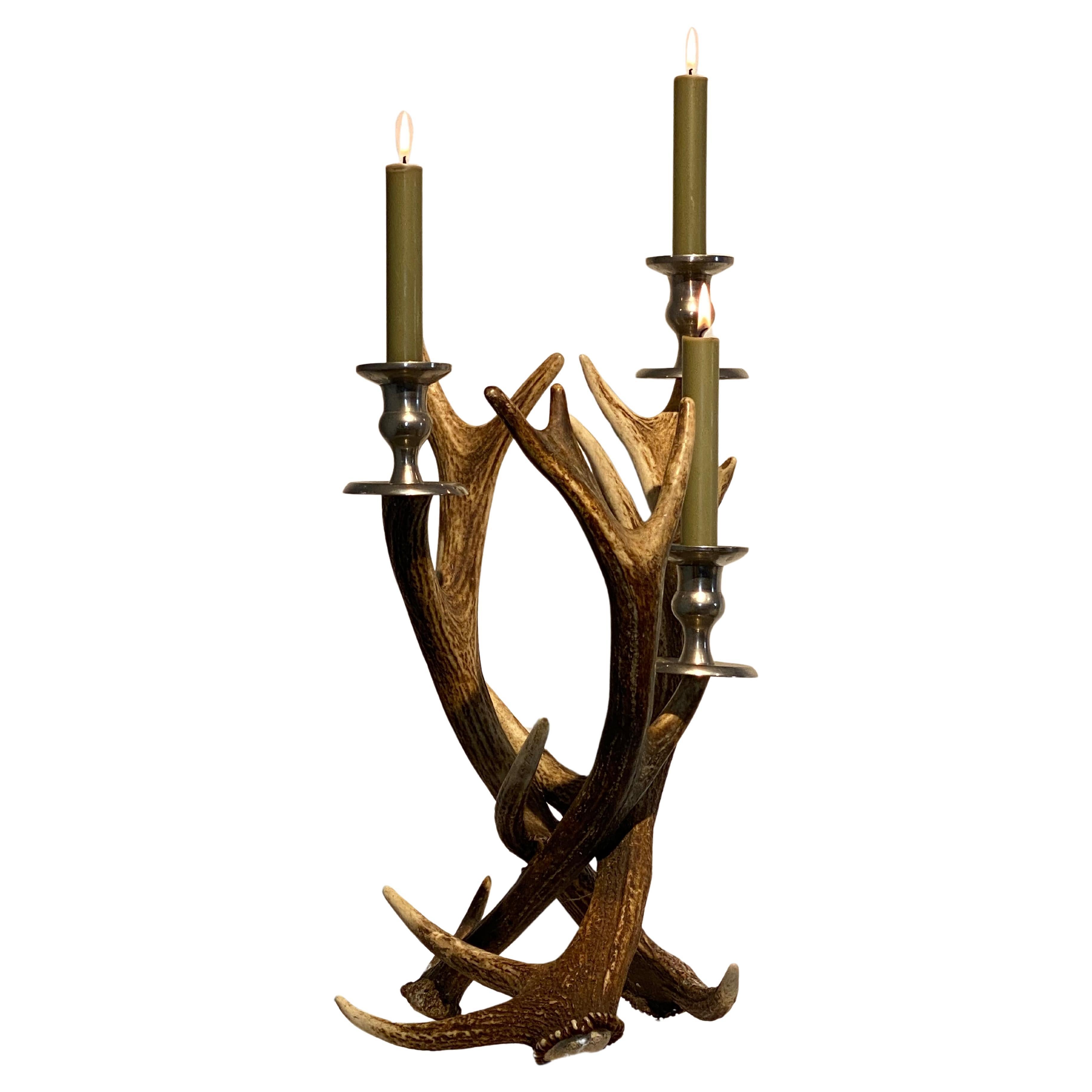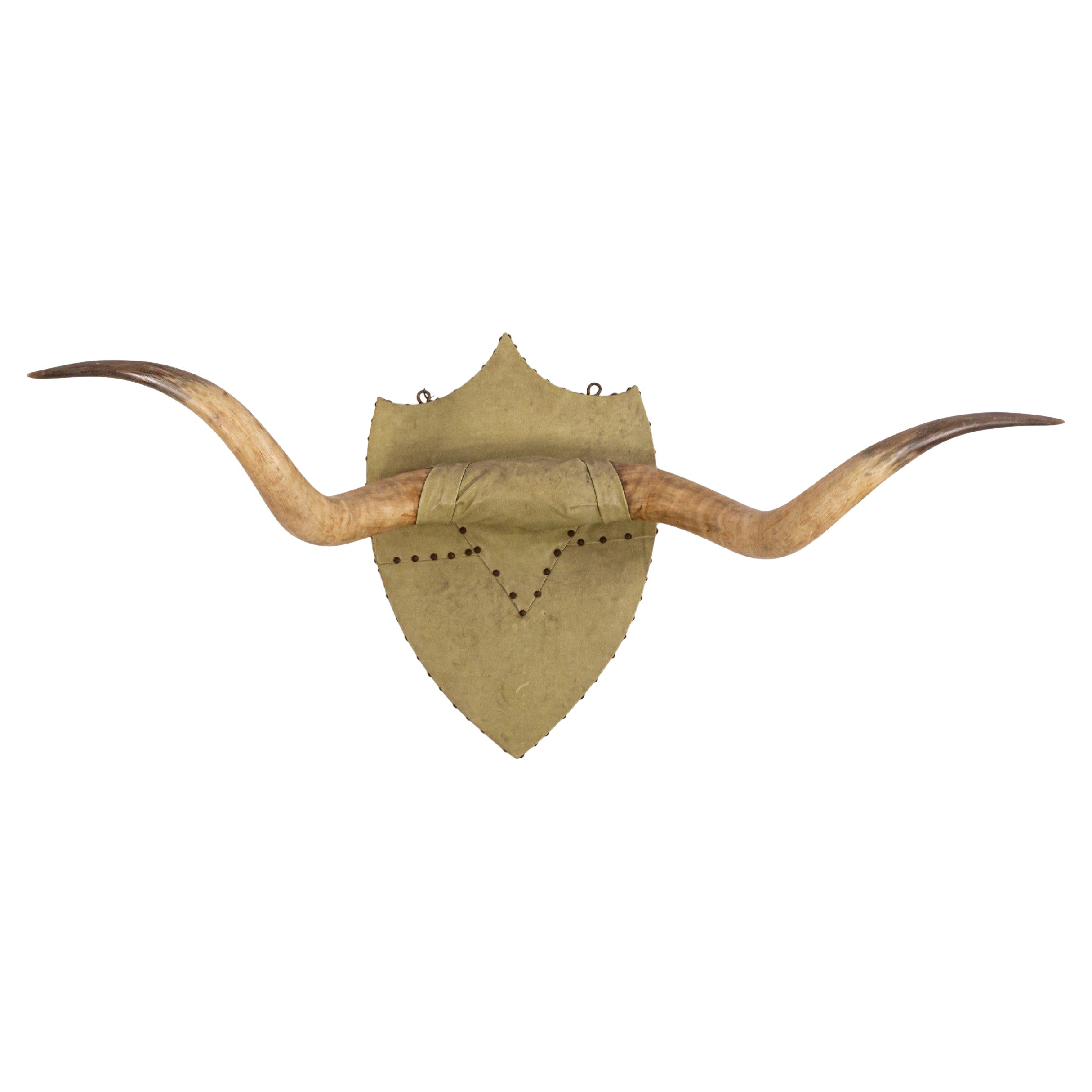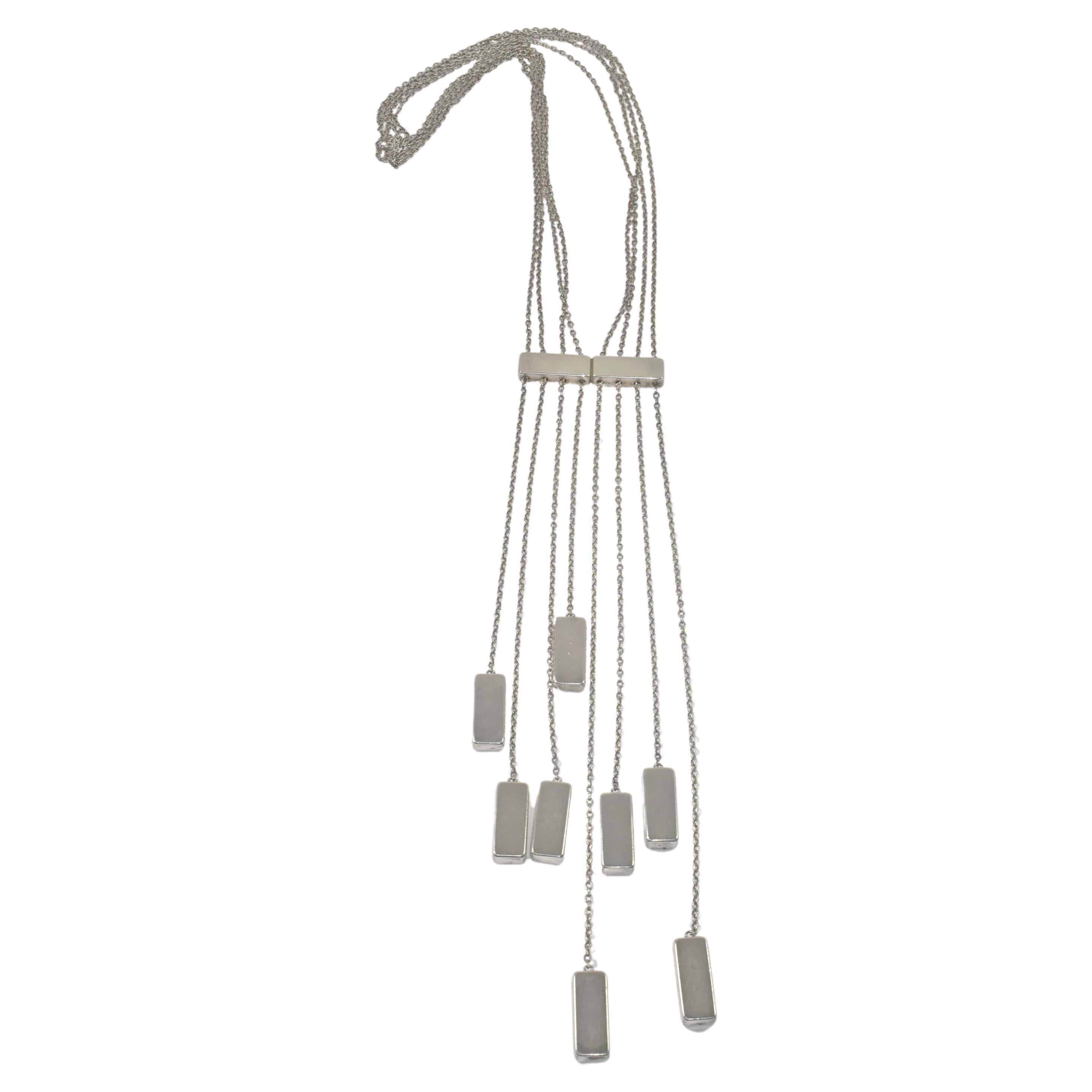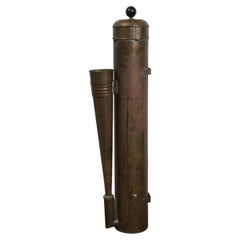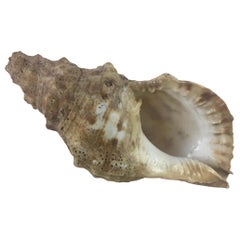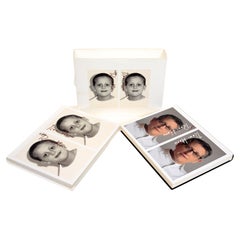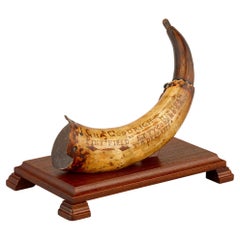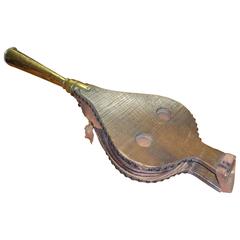
Triton Fog Horn
View Similar Items
1 of 3
Triton Fog Horn
About the Item
- Dimensions:Height: 3 in (7.62 cm)Width: 11 in (27.94 cm)Depth: 34 in (86.36 cm)
- Materials and Techniques:
- Place of Origin:
- Period:
- Date of Manufacture:1905
- Condition:Wear consistent with age and use. Still in full working order.
- Seller Location:Handforth, GB
- Reference Number:1stDibs: LU199634657623
Authenticity Guarantee
In the unlikely event there’s an issue with an item’s authenticity, contact us within 1 year for a full refund. DetailsMoney-Back Guarantee
If your item is not as described, is damaged in transit, or does not arrive, contact us within 7 days for a full refund. Details24-Hour Cancellation
You have a 24-hour grace period in which to reconsider your purchase, with no questions asked.Vetted Professional Sellers
Our world-class sellers must adhere to strict standards for service and quality, maintaining the integrity of our listings.Price-Match Guarantee
If you find that a seller listed the same item for a lower price elsewhere, we’ll match it.Trusted Global Delivery
Our best-in-class carrier network provides specialized shipping options worldwide, including custom delivery.You May Also Like
Antique Brass Nautical Maritime Plunger Operated Yacht Boat Fog Horn 27"
Located in Dayton, OH
Late 19th - early 20th century brass plunger operated fog horn. Cylindrical body with horn attached to one side, pierced lid, and round, black finial on the plunger. Pair of brackets...
Category
Early 20th Century Nautical Objects
Materials
Brass
$360 Sale Price
20% Off
Natural Seashell Trumpet Triton Sea Snail
Located in Miami, FL
A beautiful natural specimen, Charonia is a genus of very large sea snail, commonly known as Triton's trumpet or Triton snail. They are marine gastropod moll...
Category
20th Century Unknown Natural Specimens
Materials
Shell
$200 Sale Price
46% Off
Roni Horn Aka Roni Horn by Roni Horn & Briony Fer, 1st Ed, 2 Volume Set
Located in valatie, NY
Roni Horn Aka Roni Horn by Roni Horn and Rdited by Briony Fer. Published by Steidl Verlag, Germany 2009. Over the course of more than 30 years, Roni Horn has developed a body of work...
Category
21st Century and Contemporary American Books
Materials
Paper
Revolutionary War Powder Horn
Located in New Orleans, LA
Powder Horn
Engraving by Charles Goodrich
1776
Powder horns stand among the rarest and most treasured forms of American folk art. Unlike commercial objects, these deeply personal items were crafted by soldiers, sailors and explorers for practical use during their journeys. Through scrimshaw—an intricate technique of engraving bone or horn with a simple jackknife and filling the crevices with available pigments like soot or ash—these individuals left tangible marks of their hopes, dreams and experiences. This exceptional American Revolutionary War powder horn belonged to Charles Goodrich (1720-1816), a significant figure in early Pittsfield, Massachusetts history. The horn displays distinctive period characteristics with the inscription "PITTSFIELD" clearly visible on its amber-colored surface.
Charles Goodrich, born in Wethersfield, Connecticut in 1720, became a prominent civic leader in Pittsfield. He built the first house in the settlement in 1754 and served in various official roles, including Justice of the Peace and town representative to Boston. While Goodrich's name may not appear prominently in history textbooks, historical documents—particularly his September 3, 1776 petition to the Massachusetts Assembly—reveal his compelling story. The petition shows that Goodrich faced accusations of being a British sympathizer and draft evader. According to his account, he was targeted for his public office, physically assaulted by a man named James Morey and subsequently fined by a local committee. Goodrich maintained that he merely defended himself when attacked and claimed ignorance of requirements to either serve as a drafted soldier or hire a substitute—accusations that branded him unpatriotic during the revolutionary fervor.
The Massachusetts Council's concurrence with Goodrich's petition likely inspired his subsequent military service. His powder horn, bearing the inscription of Pittsfield, accompanied him to Fort Ticonderoga, where Simonds' Regiment of Militia (2nd Berkshire County Regiment) was stationed during the difficult winter of 1776-1777. Fort Ticonderoga, a strategic stronghold in upstate New York, had been seized from the British in May 1775 by Ethan Allen and Benedict Arnold. By the time of Goodrich's service, American forces occupied the fort while preparing for an expected British counterattack. In August 1777, Goodrich and Simonds' Regiment participated in the Battle of Bennington—a decisive engagement where Patriot forces under General John Stark defeated British and Hessian troops. This victory significantly weakened General John Burgoyne's invasion force, contributing to his surrender at Saratoga in October 1777—a pivotal turning point that helped secure French support for the American cause.
Powder horns captivate elite collectors and major museums alike. The Metropolitan Museum of Art recognized their significance by dedicating an entire exhibition to American Engraved Powder Horns...
Category
Antique 18th Century American American Colonial Historical Memorabilia
Materials
Horn
Tibetan Telescoping Long Horn
Located in Palm Beach, FL
Lofty Tibetan Dungchen ceremonial long horn crafted with copper and brass in a dramatic telescoping sculptural form.
Retracted height: 25".
Category
Early 20th Century Tibetan Tibetan Musical Instruments
Materials
Copper
Decorative Natural Animal Horn
Located in Lisboa, Lisboa
Decorative horn. Made from a natural ox or buffalo horn. The horn has a curved and elegant appearance, with natural tones ranging from beige to black, providing a rustic and authentic look. At the widest end, there is a metal finish, possibly in brass or iron, with a fixing ring, allowing it to be hung or used as a display piece.
The decorative horn can be used as an ornamental element in environments with rustic, country or even medieval-themed decor. In addition, it may have been inspired by traditional gunpowder horns...
Category
Mid-20th Century Portuguese Mid-Century Modern Taxidermy
Materials
Horn
Recently Viewed
View AllMore Ways To Browse
Joe Colombo Leather Chair
Kilim Armchairs
Leather Desk Green French
Leather Serving Tray
Leather Writing Slope
Long Metal Bench
Lounge Chair Safari
Metal And Wood 1950 Armchairs
Metal Bamboo Chair
Mexican Colonial Style
Mid Century Leather Sofa Brazilian
Mid Century Modern Desk With Lock
Mid Century Nathan
Mid Century Shearling Chair
Miniature Photo Frames
Modern Italian Silverplate
Nostalgia Chair
Old Hickory
